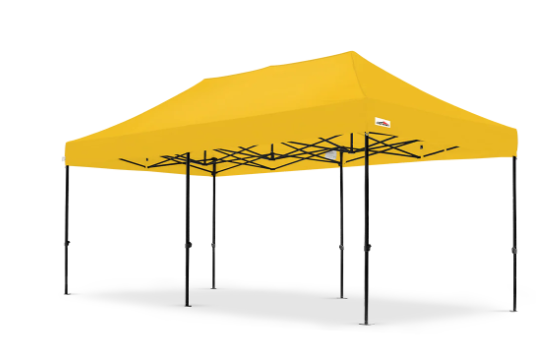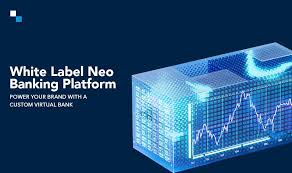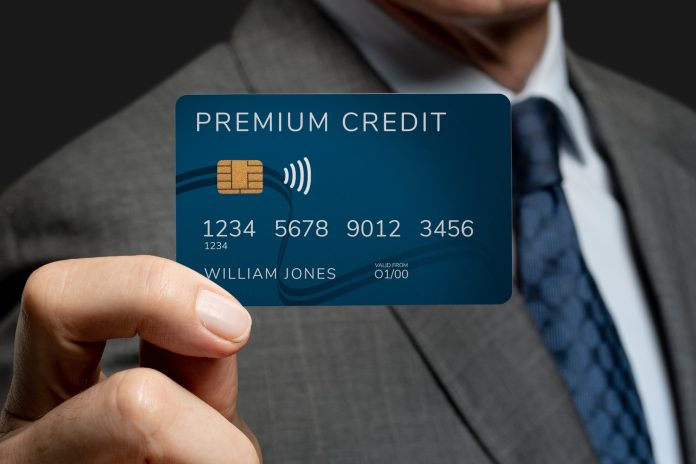
Personalization has been the difference-making factor for eCommerce businesses’ success in recent years. However, companies are still struggling to use personalized content experiences properly and drive conversions. Every customer is unique, and each has different platform preferences, time of participation, and interest in specific types of content. eCommerce companies struggle to understand changing customer needs and provide the right experience.
Companies that understand customer behavior and use strong personalization tools can connect with customers throughout their journey. Knowledge of when and where customers want to interact allows eCommerce companies to boost the effectiveness of personalized content experiences. Businesses can easily boost customer engagement and sales by removing guesswork and offering timely access to relevant content.
Why are Personalized Content Experiences Important in eCommerce?
Unlike other sectors, eCommerce shoppers have many product choices and can switch brands easily. It means eCommerce companies must keep their customers engaged by collecting relevant data and providing relevant experience.
Content personalization is beyond greeting customers by their names or suggesting appropriate products. Consumers have become increasingly accustomed to the need for personalization at every stage of the buying process. This includes individualized recommendations, promotional items, and content in different forms, like email, overlays, pop-ups, landing pages, and call-to-action areas.
By providing naturalistic, relevant, and timely personalized content experiences across various platforms and content formats, eCommerce companies can create new, authentic interactions with consumers. This, however, can lead customers to revisit and contribute to increased revenue.
5 Best Use Cases to Leverage Personalized Content Experiences
Several opportunities are available in a customer buying journey to engage and convert customers with personalized content experiences. Conversely, their utility often depends on how and where the content is presented. This requires a deep knowledge of the demographics of various customers, as well as contextual and behavioural data.
This data may be used to produce the type of content with which customers wish to interact and in what medium they want to use it. Here are the five best use cases related to personalized content experiences across buying journeys.
1. Overlays: Delivering Timely Offers and Alerts
Overlays often allow companies to display their content on a web page to gain user attention. They can easily deliver time-sensitive messages such as limited-time offers, price drops, and low-stock alerts with this strategy. Overlays can be used at various moments in a customer’s buying process.
- Once a customer enters a website.
- When a user is about to leave the website.
- After a customer spends a certain amount of time or scrolls down a certain percentage of a page.
Think about a shopper who keeps coming to a clothing store but leaves without buying anything. The store can try to persuade them by showing a custom message just before they leave. When the customer is close to leaving, a pop-up with a message like “2 left in stock” can create an urgency not to miss out.
It is possible to minimize the likelihood of potential customers abandoning their purchases without completing the process using these types of personalized content experiences.
2. Pop-ups: Preventing Cart Abandonment
Pop-ups work in a similar way to overlays, but they are more effective in recovering cart abandonment and customer re-engagement. If strategically applied at the cart page or checkout page, eCommerce companies can effectively decrease abandonment rates. They can also be useful in elevating the average order value (AOV) by showing cross-sell/upsell offers. By analyzing customer behavior, companies can provide relevant offers as pop-ups.
For example, think about a customer who has added a mobile phone to the cart. The electronics store retailer can display a personalized pop-up with personalized cross-selling products like mobile covers or headphones based on their past preference analysis. Such personalized content experiences guarantee the re-engagement of customers, which may result in driving up their cart value.
3. Embedded Recommendations: A Guide to Product Choices
Unlike overlays and pop-ups, embedded recommendations place appropriate product suggestions directly within a web page. These are put forward as part of the buyer journey without interruption. Based on insights from customers’ past purchases and behavior, suggesting relevant products across the shopping journey can simplify their search process. These personalized content experiences can be displayed right from the home page until the post-purchase interaction.
Consider a customer buying face wash from an online beauty shop. The shop, knowing the customer’s skin type and likes, can suggest products that “People often buy together” such as moisturizer and cleanser. These suggestions guide customers to products of their interest beyond their intended search and enhance their personalized content experiences.
4. Landing Pages: Ensuring Continuity and Relevance
Customized landing pages based on specific ads or email campaigns often ensure consistency and relevancy. Rather than directing the customers to the home page or the category page, companies can easily use a custom landing page matching the ad or the email seen by the customer. This continuity of personalized content experiences increases conversion chances and helps in building trust.
Imagine a travel eCommerce site that has an advertisement campaign for “beach vacations. They can build a dedicated landing page for this campaign which shows popular tourist spots, cheaper flight prices, and luxury hotels. Visitors will be provided with all the information they need when they click on the ad. This can also cut down the customers’ search time and make them more likely to convert.
5. Call-to-Action Buttons: Maximizing Conversions
A call-to-action (CTA) button always prompts customers to act instantly. This includes product selection, signing up for a service, or buying something. When businesses provide personalized content experiences to each user through CTAs, they can boost how much people engage and how often they click.
For example, think of a customer repeatedly coming to the price page of a subscription service website but not subscribing. The business can replace “Start Free Trial” with “Get 50% Off for Your First Month” to personalize the CTA button. This can encourage the customer to capitalize on the offer and move to the next step.
Bottom Line
Personalized content experiences can aid a company in capturing customer attention, engaging with the business, and encouraging conversions. Each of these tactics, from overlays to CTAs, can guarantee the delivery of meaningful content throughout the buying process. They have the potential to optimize the conversion rate and build a sense of loyalty.
However, personalized content experiences in eCommerce extend beyond these five use cases. Companies must set their goals, determine the audience’s needs, and adapt personalization strategies accordingly. Investing in robust solutions that can automate and deliver personalized content experiences across various channels can help businesses implement personalization at scale. Hence, they can fulfill growing customer demands, maintain customer engagement, and achieve sustainable success.
Write and Win: Participate in Creative writing Contest & International Essay Contest and win fabulous prizes.


